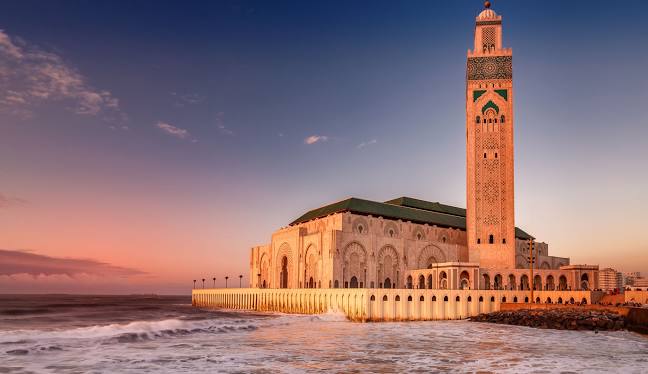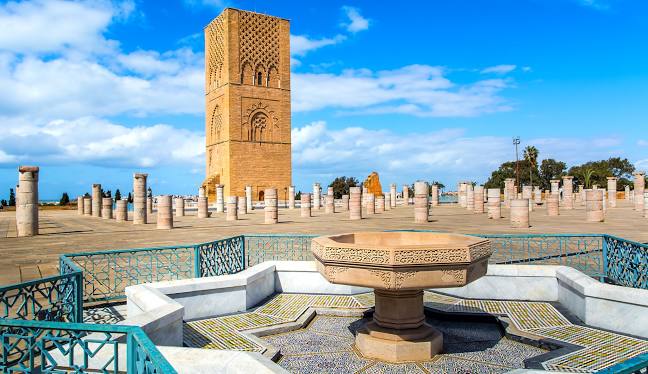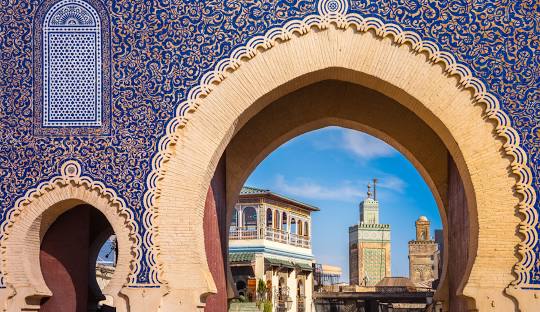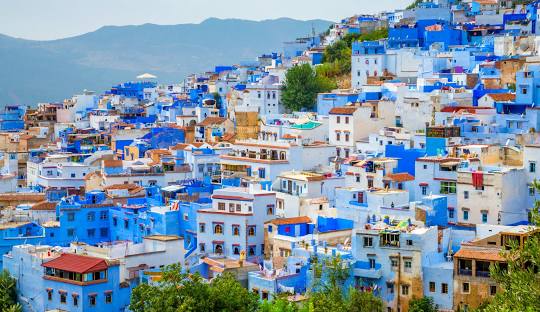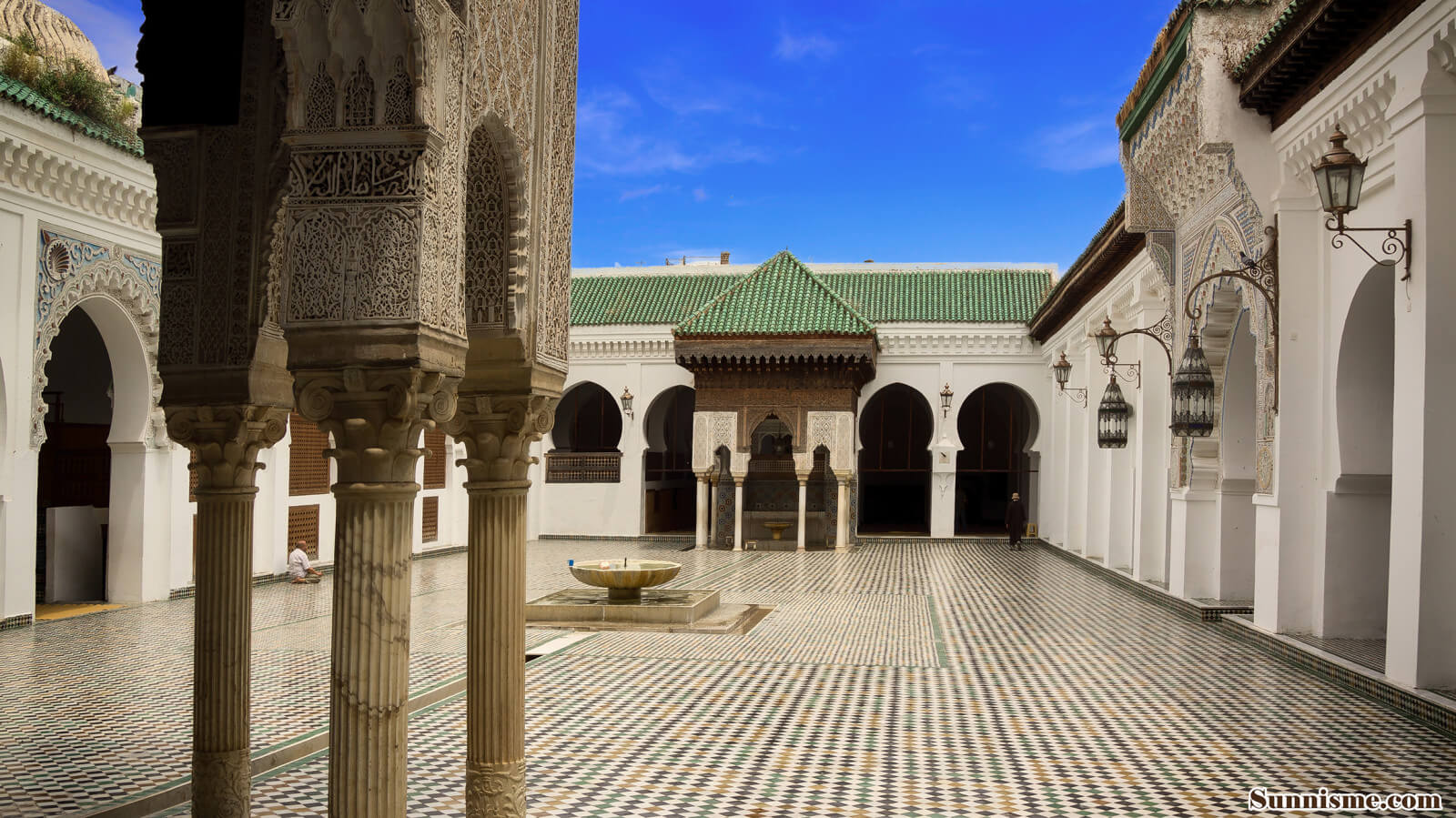
Fes City Morocco
1. Founding and Early History (789 – 9th Century) :
Fez was established by Idris I, the founder of the Idrisid dynasty, as a small settlement along the Fez River. Idris II expanded the city, making it the capital of his kingdom and a center of Islamic learning and governance. Two separate settlements emerged : Al-Qarawiyyin, home to Arab immigrants from Kairouan, Tunisia, and Al-Andalus, settled by Andalusian refugees from Spain.
2. Golden Age and Intellectual Renaissance (9th – 13th Centuries) :
Al-Qarawiyyin University (859 CE) was founded by Fatima al-Fihri, the university is the oldest continuously operating institution of higher learning in the world. – Fez became an intellectual hub, attracting scholars, theologians, and scientists from across the Islamic world and beyond.
Mosques, madrasas, and palaces were constructed, showcasing Moroccan-Andalusian craftsmanship. Fez’s medina developed into a bustling urban center with souks, tanneries, and residential quarters.
3. Under the Almoravids and Almohads (11th – 13th Centuries) :
Fez was incorporated into the Almoravid dynasty in the 11th century, unifying the two settlements and building the city’s iconic walls and gates. The Almohads further enhanced Fez’s cultural and architectural heritage, solidifying its status as a political and spiritual center.
4. Merinid Dynasty and Cultural Zenith (13th – 15th Centuries) :
Under the Merinids, Fez reached its cultural and architectural peak. The Merinids established Fes el-Jdid in the 13th century, including the Royal Palace and Jewish Quarter. Iconic institutions like Bou Inania Madrasa and Al-Attarine Madrasa were built, showcasing exquisite zellij tilework and cedarwood craftsmanship. Fez thrived as a center of trade, linking sub-Saharan Africa, the Mediterranean, and Europe.
5. Decline and Transition (16th – 19th Centuries) :
Fez lost its status as Morocco’s political capital to Marrakesh during the Saadian dynasty but remained a spiritual and cultural hub. Under the Alaouite dynasty, Fez became the capital again for brief periods and saw a revival in trade and governance. The Jewish quarter grew during this time, with Jewish artisans and traders contributing significantly to the city’s economy and culture.
6. Colonial Period (1912 – 1956) :
Fez was Morocco’s capital until Rabat was designated as the administrative center in 1912. The French preserved the historic medina while developing a modern district, Ville Nouvelle, outside the old city walls.
7. Post-Independence and Modern Era (1956 – Present) :
After Morocco’s independence, Fez retained its role as a cultural and religious center. Restoration projects in Fes el-Bali have preserved its historic monuments and traditional crafts, including leatherwork, pottery, and textiles. Fez continues to host the Fes Festival of World Sacred Music, attracting global performers and audiences.
Iconic landmarks include Al-Qarawiyyin mosque and university, Bou Inania Madrasa, a masterpiece of Merinid architecture, and Bab Bou Jeloud, a stunning entrance to the medina, adorned with intricate blue and green tiles. The medina of Fez is a UNESCO World Heritage Site. It is the largest car-free urban area in the world, featuring over 9,000 alleyways. Traditional markets, like the leather tanneries, are iconic sights.
Fez is renowned for its traditional crafts, including mosaic tilework, leather tanning, and textile weaving. Signature dishes include pastilla, a savory-sweet pigeon pie, harira soup, and Moroccan pancakes. Fez is known for its sophisticated use of spices and traditional sweets.
Fes counts over 1.2 million residents, with a blend of traditional and modern lifestyles. While less industrial than Casablanca or Tangier, Fez thrives on tourism, crafts, and its role as a religious and educational hub. Efforts to maintain and restore the medina have kept its heritage alive. The Al-Qarawiyyin Library, one of the oldest in the world, has been restored and reopened to visitors.
Fez embodies Morocco’s rich cultural and historical legacy. Its medina is a living museum of Islamic art and architecture, while its traditions of learning, craftsmanship, and spiritual devotion continue to thrive. As of 2024, Fez remains a beacon of Morocco’s identity and a symbol of its enduring cultural heritage.
